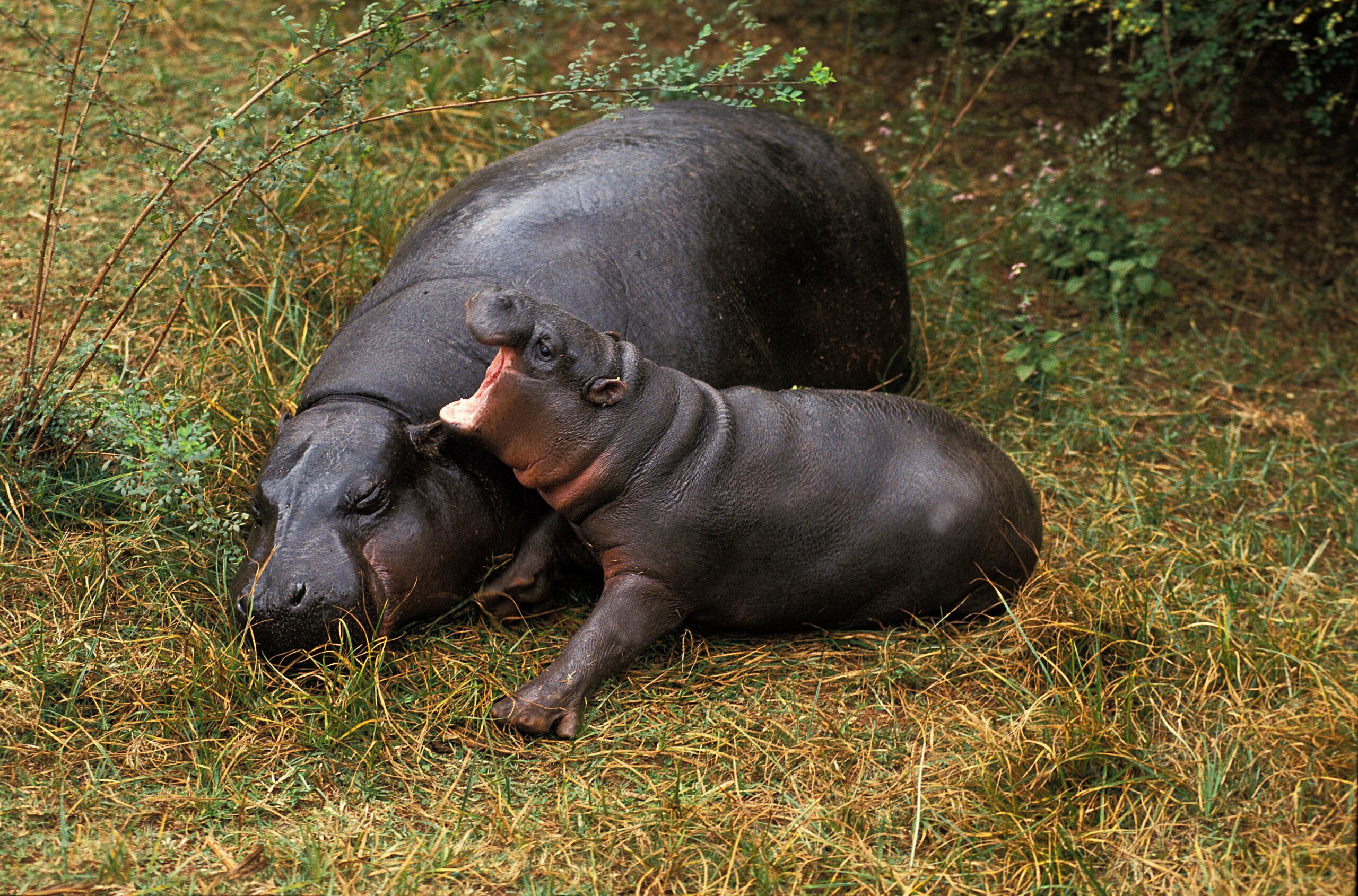
Moo Deng vs. Pesto: How well do you know these Viral Baby Animals?
Moo Deng v. Pesto the Penguin: learn more about the pygmy hippo and king penguin chick sweeping the Internet
From Moo Deng, the baby pygmy hippopotamus who is all the rage, to Pesto the penguin, the giant emperor penguin chick towering over his fellow zoo mates, baby animals have taken the world by storm the past few months. Keep reading to learn more about these two superstars, and the species that make them so great!
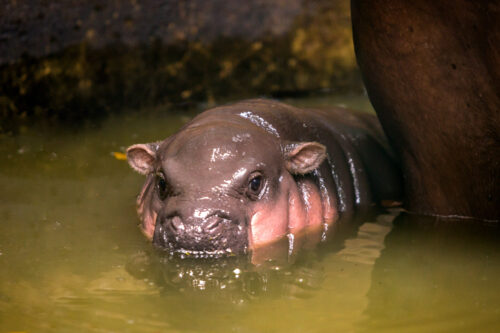
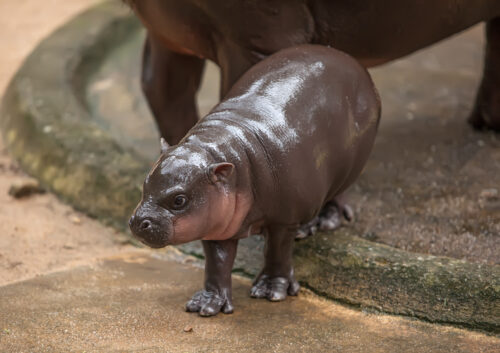
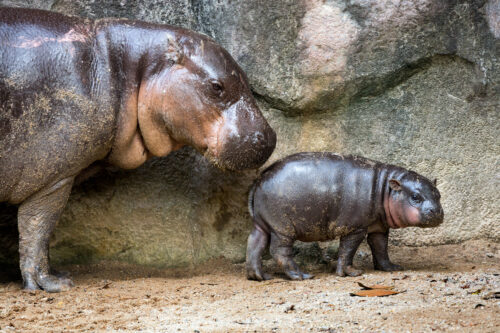
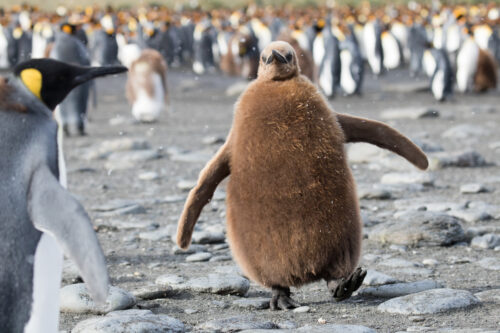
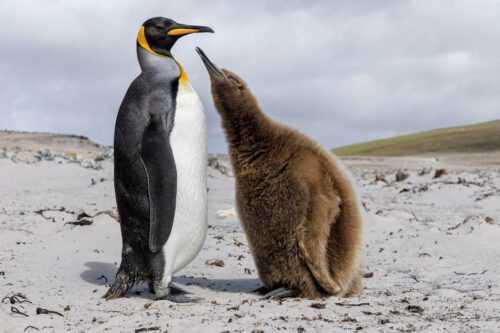
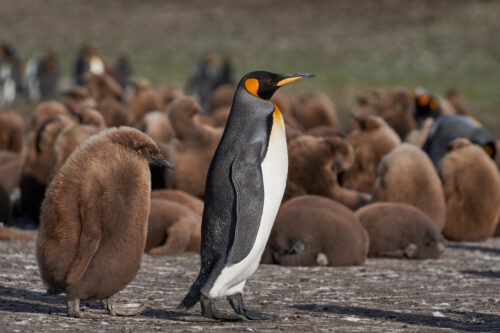
I so appreciate the visuals of the pygmy hippopotamus and pesto the oversized penguin just amazing adorable animals!
Thank you for making it possible for me to see these beautiful animals in their habitats!